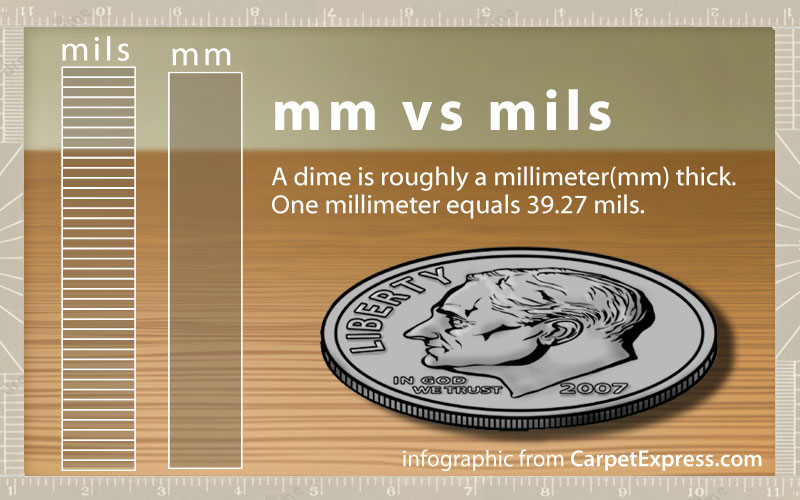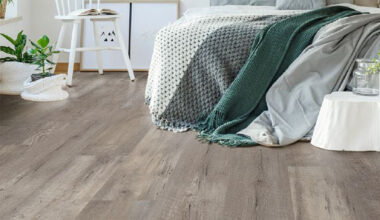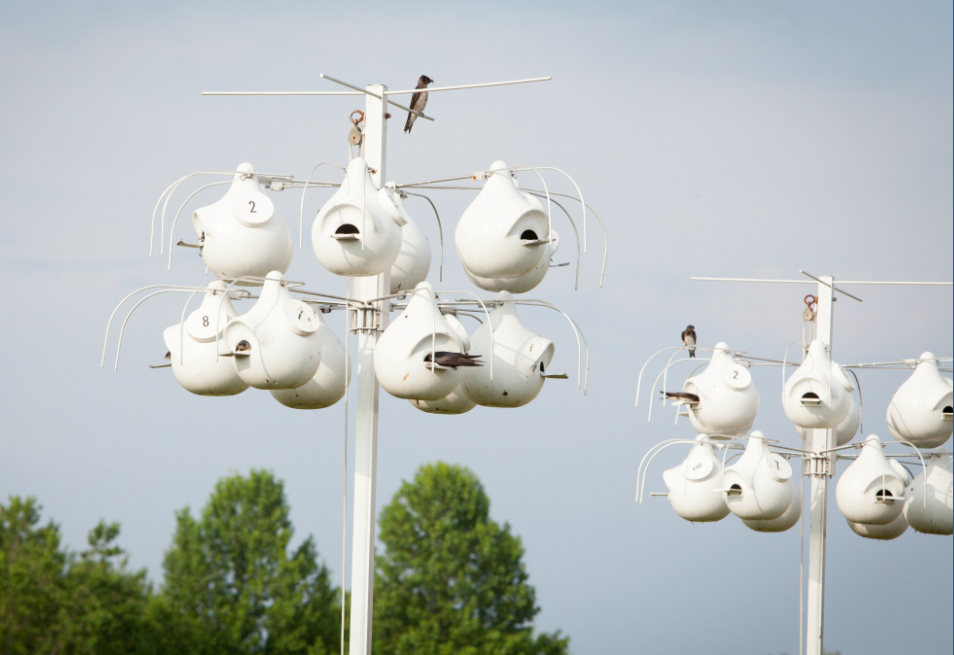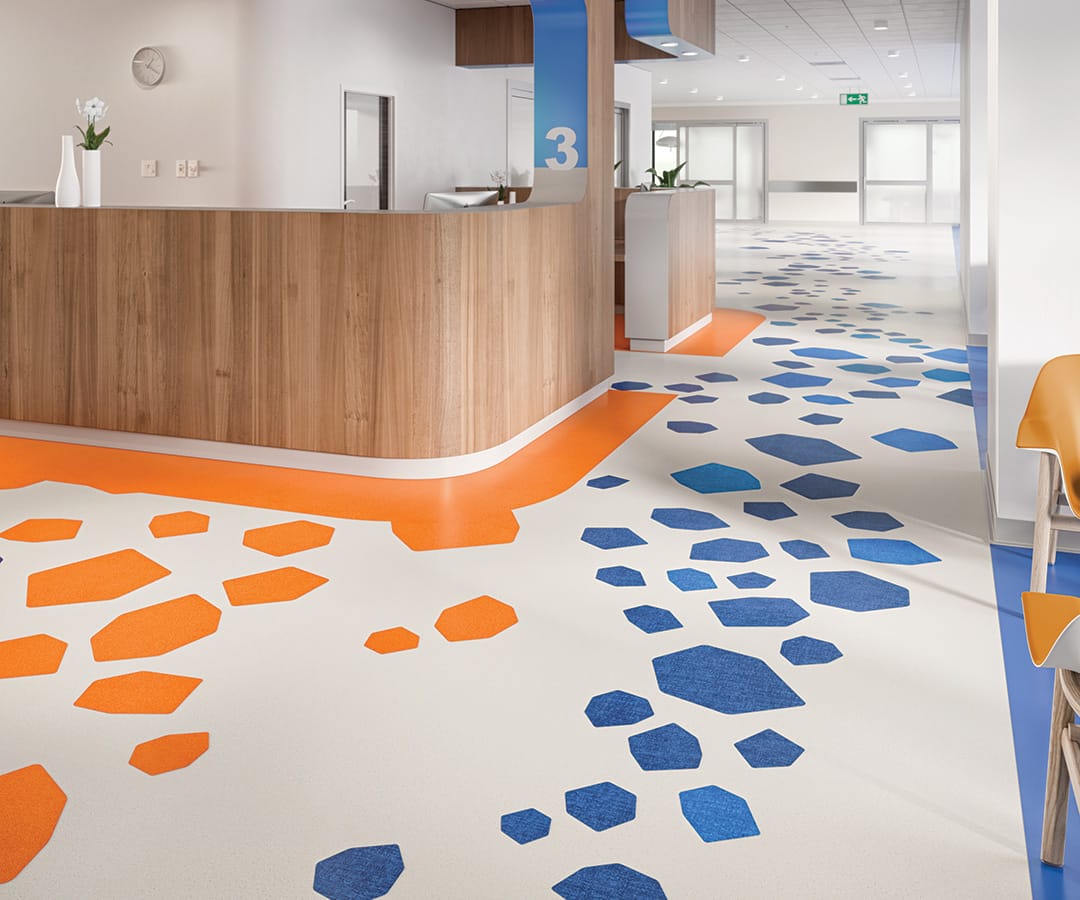What exactly is the difference between vinyl, resilient flooring, and linoleum?
There are HUGE differences.
Vinyl Flooring is a synthetic product made of chlorinated petrochemicals and linoleum is made from raw and natural ingredients!
All vinyl floors are resilient, but not all resilient floors are vinyl. However, the most common type of resilient flooring is vinyl. There are two types of vinyl flooring: sheet vinyl and vinyl composition tiles (VCT).
Resilient flooring refers to flooring materials which have a relatively firm surface, yet charactersitaclly have give and bounce back to their original surface profile from the weight of objects that compress its surface. It has long been the most popular hard surface flooring in the United States.
Resilient flooring materials are made in various shapes and sizes including both tile and roll form. Common types of resilient flooring include:
Linoleum Tile and Sheet Flooring
Rubber Tile and Sheet Flooring
Because of its durability, comfort under foot, aesthetic appeal, long lasting beauty, and cost effectiveness, resilient flooring is used in a wide range of commercial and residential applications. The ease of cleaning and removing spills as well as the overall moisture resistance are important reasons why so many homeowners and commercial building owners select resilient flooring.
In residences, resilient flooring is commonly used in kitchens, bathrooms, entryways, family rooms and increasingly in other areas of a house or apartment where rugs are used in conjunction with resilient flooring. In residences occupied by hypersensitive persons, resilient flooring is commonly used because these floors can be easily cleaned and do not tend to trap dust, which when combined with moisture, can produce microbial contamination. Commercial resilient flooring has long been the most popular flooring used in schools, health care facilities, and mercantile settings. In schools, resilient flooring offers a cost-effective floor, which is easily and economically maintained and can last for many years before needing replacement. In health care facilities, resilient flooring is commonly used because it is impervious to water, resists stains, and can easily be disinfected, thus providing significant sanitary advantages over other types of flooring surfaces. Because of its durability and the availability of a wide range of colors and designs, resilient flooring has long been a favorite of stores and shops in creating design statements. Because of its performance attributes and wide variety of colors and designs, resilient floors are frequently used in laboratories, classrooms, computer rooms, lavatories, super markets, drug stores, lobbies, storage areas, spas, dormitories, libraries and restaurants.
Linoleum‘s roots are Latin. In Latin, “linum” is the word for linseed and “oleum” means oil. (Linseed oil is the main ingredient). It is an extremely durable floor covering. It comes in different grades of quality. The best, most durable type is called “inlaid.” It is made by joining and inlaying solid pieces of linoleum. Less expensive grades are made by printing on thinner layers that do not wear as well as the solid product. It is often used in high traffic areas where other products like tile would crack and not be as forgiving.
Linoleum is also used in commercial applications such as healthcare facilities, schools, and hospitals because of its durability and non-allergenic properties. Because of the flexibility of the product, unique patterns and designs can be created.
A unique difference between linoleum and vinyl is that the color is throughout the product rather than topical.
Difference between Vinyl and Linoleum:
Most vinyl patterns are printed into the surface, linoleum’s colors go all the way through.
Linoleum can be used on counter tops and back splashes where vinyl cannot.
Vinyl was introduced in the 1800s and vinyl flooring came around in 1947.
Linoleum requires an acrylic coating upon installation and then again annually where vinyl flooring does not.
Linoleum has more durable properties similar to those of ceramic and hardwood, but not the cost of those products. The cost is more similar to vinyl flooring.
The manufacturing of vinyl flooring uses highly sophisticated techniques, complex methods, and precise systems, linoleum uses a more simple natural process.
This article accredited to FloorTalk:
http://floortalk.wfca.org/2008/04/02/linoleum-whats-the-difference-between-vinyl-and-linoleum-2/




